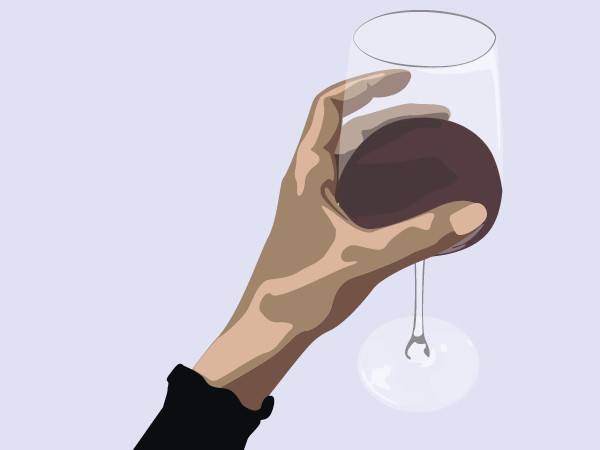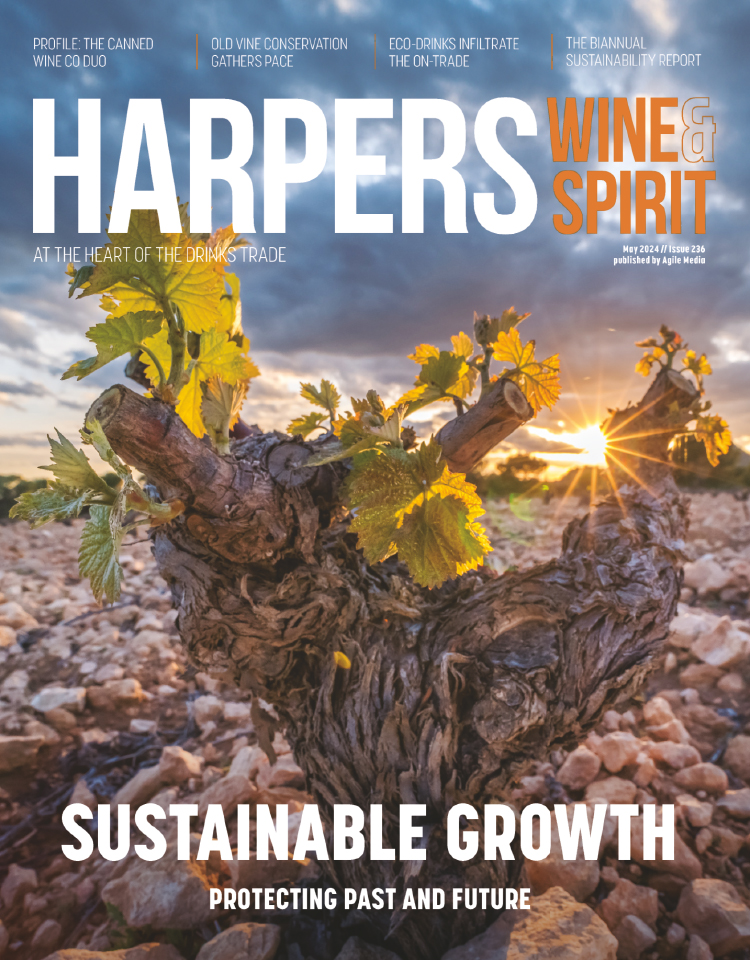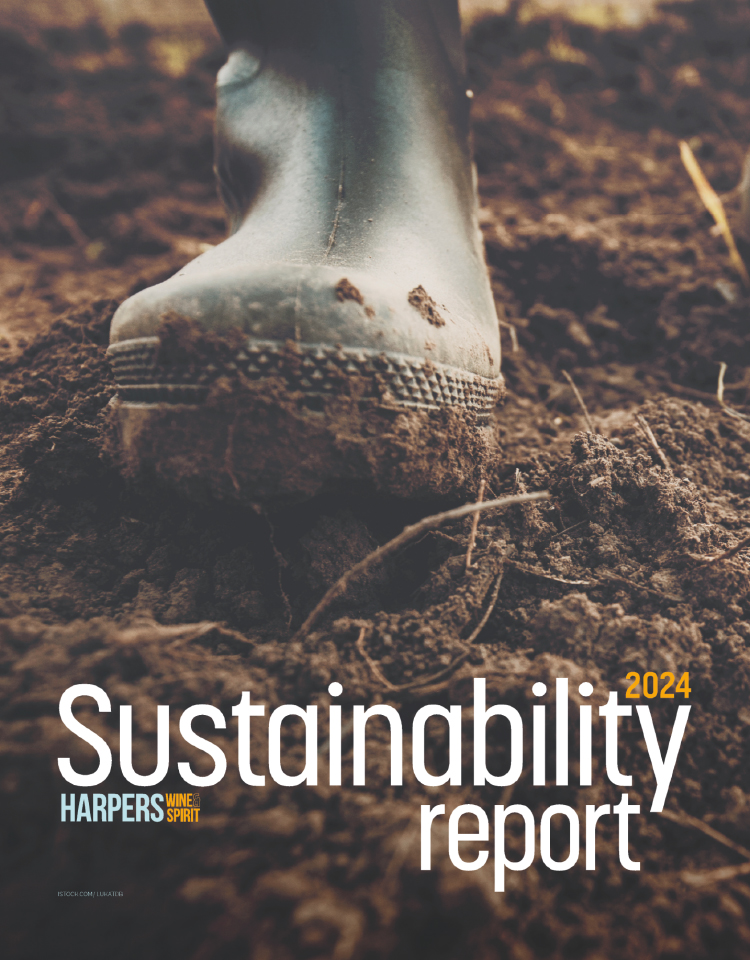
On-trade: What’s written in the Michelin stars?
How relevant are Michelin stars today and how does a restaurant’s wine list factor? James Bayley reports.
The Michelin Guide, founded by the tyre company of the same name, began life as a humble guidebook, helping French travellers navigate the country at the dawn of the 20th Century. Today, it is better known as the custodian of the most significant accolade in global gastronomy – the coveted ‘three stars’.
As a result, a consumer should be safe to assume that if a restaurant has three stars, its wine list, too, should be of ‘three-star’ quality.
- Read more: New UK and Ireland Michelin stars revealed
However, according to the official Michelin Guide website, restaurants may receive one to three stars for the quality of its food based on five criteria; quality of the ingredients used, mastery of flavour and cooking techniques, the personality of the chef in the cuisine, harmony of flavours and consistency between visits. There is no mention of wine or drinks as a contributing factor in the assessment.
Although Michelin has gone on the record to say inspectors only account for food, there are many in the trade who suspect otherwise.
As head sommelier of the one-star La Trompette in Chiswick, Donald Edwards knows first hand the responsibilities of a wine team within a business that has Michelin aspirations.
“I think a strong wine list is demonstrative of a restaurant that has ambitions in a Michelin direction, however, I don’t actually think it’s necessary to have a major wine focus (particularly at one star level),” Edwards tells Harpers.
“That said, once you get to two stars and above I think it’s a given that there will be a major focus on all the aspects of service, which includes all beverages and wine. Also, given the nature of most two-star restaurants and the tasting menu culture that is attendant, I think there is an expectation of a drinks pairing along with the menu,” Edwards adds.
For Richard Craven, chef patron at the one Michelin-starred The Royal Oak in Whatcote, the food and wine must work in harmony, from both a culinary and hospitality viewpoint.
“When you look at any restaurant offering good food you would expect the wine offering to be well considered, to tie in with the cuisine on offer, be that a steak house or a three-star restaurant. Restaurants of a higher calibre will usually seek staff that are better qualified or train their team internally to a higher standard,” Craven tells Harpers.
“I think that good restaurants and hotels attract people who see hospitality as a career rather than a transitory occupation and that makes a big difference to the wine service. Our front-of-house team all have WSET qualifications and Solanche, my wife and business partner, is currently doing her WSET diploma,” Craven adds.
Davide Moore, owner of Michelin-starred restaurants Pied à Terre and L’Autre Pied in central London, believes that whatever is offered – food, wine et al – it should sit appropriately with the star rating, the overall dining experience and price point.
“I think a restaurant that is not mindful of the quality of its list/drinks offering would struggle to get a star. But why does it have to have wine at all? It might be that the chef believes their food goes best with various teas,” says Moore.
“From my own experience I have found that all my three-star dining experiences have had amazing wine lists, but I do not necessarily think they need to,” he adds.
In a ceremony held at The Midland Hotel in Manchester last month, The Ledbury from Notting Hill joined the exclusive club of three-starred Michelin restaurants, aligning with eight other British and Irish establishments to currently hold the accolade.
↓
Star diversity
A total of 21 venues were awarded new stars in the UK and Ireland, with five British spots, including Indian restaurants Gymkhana in Mayfair and Opheem in Birmingham, earning two stars.
A further 18 establishments were awarded one star, including two west African restaurants, Akoko and Chishuru, both based in London. As a result, the premium on-trade in the UK has never been more diverse, nor have its drinks lists.
“The increased scope and number of cuisines that Michelin now includes in the guide means there are plenty of restaurants that have food from traditionally non-wine-consuming countries so it makes sense to list other beverages instead,” says Edwards.
Moreover, once a restaurant achieves Michelin notoriety Edwards would expect someone of suitable ability to be in charge of the wine list.
“As soon as a restaurant reaches a certain level of fame there is a list of suppliers several miles long that are looking to work with them. However, as a somm you have to get used to saying no.
“Thinking about it, I might go so far as to say the mark of a good sommelier is really when to say no to whatever glittering batch of wine is currently being offered,” Edwards adds.
Although fame is no guarantee of success. Le Gavroche in Mayfair, the UK’s first three-star restaurant, was one of 12 Michelin-starred UK and Ireland restaurants to close since the 2023 awards.
“A Michelin star attracts new guests and makes you more desirable within the industry when you’re looking to recruit,” says Simon King, former director of Gordon Ramsay Restaurants and founder of the advisory group Igniting Hospitality.
“However, they do not guarantee success. Often guest expectations are significantly elevated, but so too are the costs. Usually, the investment required to get these kinds of accolades is vast, especially the staffing levels. This and the need for quality produce puts huge pressure on the business along with all the usual challenges of our industry,” King adds.
For Moore, the Michelin Guide has become more important in recent years amid a fickle world of 50-word reviews by unqualified patrons.
“Do Michelin stars still matter? Well, there’s a question,” says Moore.
“Pied à Terre in Fitzrovia has been open for 33 years and in those years has collectively amassed 42 Michelin stars. I also opened a second restaurant, L’Autre Pied, and won a Michelin star there in its first year – this is a subject I have form on, spent my life in and I can tell you it matters more than ever,” Moore continues.
“An untrained reviewer will order and eat the dishes that are naturally more appealing to them, it is what we all do, and they will base their appreciation and review on their personal likes and dislikes.
“A Michelin inspector will review a menu and will look for quality of produce and level of difficulty, in among the decisions of what to eat. The Michelin inspector may eat a dish that they personally do not like, that comes with the job, but they will be reviewing independently the quality and technique of that dish and not just their personal likes and dislikes,” Moore adds.
↓
Champion of hospitality
Despite its unflinching reputation, Moore remains convinced that Michelin is a champion of the hospitality industry.
“Michelin does not remove stars without a long hard look, and possibly over several years, for multiple starred restaurants as it could be the final nail in the coffin.
“We as high-performing professionals will always be looking at what we are doing, how we have delivered and how we can improve. I often think of the restaurant as an Olympic team, looking to shave 1/100th of a second off their performance here and there – and, yes, we do put pressure on ourselves and the people around us, but it is the team leaders who ultimately have to shoulder the pressure.”
Moore, like many others in the industry, shares the view that you are only as good as your last meal. This is what separates Michelin stars from Academy Awards and Grammys, which cannot be rescinded once awarded.
“The Michelin rating must reflect as closely as possible the status of the cooking and its delivery at the time of publication,” Moore concludes.
Keywords:
- gymkhana
- le gavroche
- The Michelin Guide
- The Ledbury
- Michelin Stars
- La Trompette
- The Royal Oak
- Donald Edwards
- Richard Craven
- David Moore
- Pied à Terre
- L’Autre Pied
- Simon King
- Gordon Ramsay Restaurants








